Name Daniel-Henry Kahnweiler | Role Art dealer | |
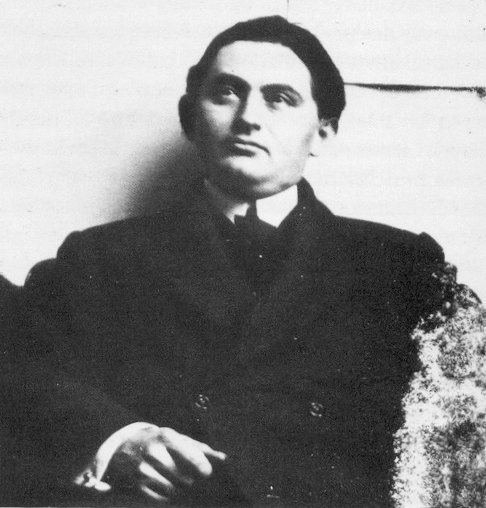 | ||
Books The rise of cubism, Juan Gris: His Life and Work | ||
Pablo Picasso, Pour Daniel Henry Kahnweiler
Daniel-Henry Kahnweiler (25 June 1884 – 11 January 1979), was a German-born art historian, art collector, and one of the premier French art dealers of the 20th century. He became prominent as an art gallery owner in Paris beginning in 1907 and he was among the first champions of Pablo Picasso, Georges Braque and Cubism.
Contents
- Pablo Picasso Pour Daniel Henry Kahnweiler
- Early life
- Art dealer
- Art history
- World War I and World War II
- At the end
- References
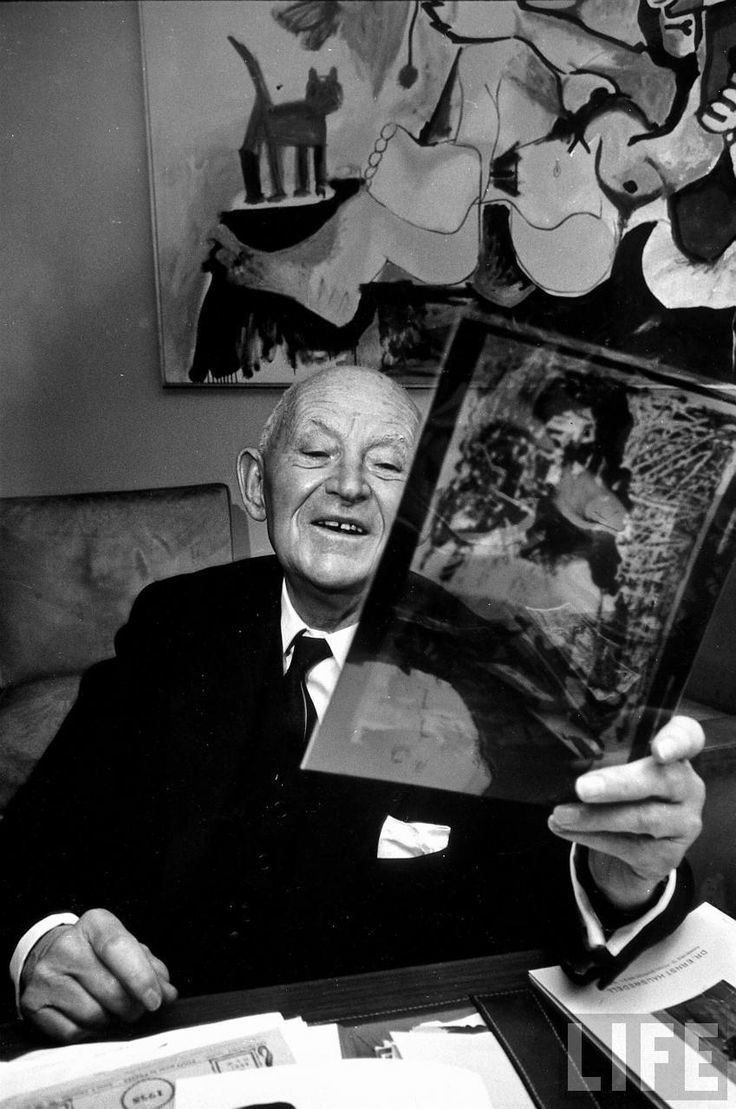
Early life
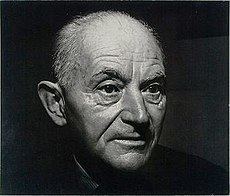
Kahnweiler's family had moved from Rockenhausen, a small village in the Palatinate (region), to Mannheim, Germany, where Kahnweiler was born in 1884. His upbringing and education at a German Gymnasium prepared him for a life as a philosophic art connoisseur and as a pragmatic businessman. An early initial training in the family business of stock brokerage in Germany and Paris (his uncle had a famous London stock brokerage house and was a major art collector of traditional English works and furniture) gave way to his opening his first small (4 x 4 meters) art gallery in Paris in 1907 at 28 rue Vignon.
Art dealer
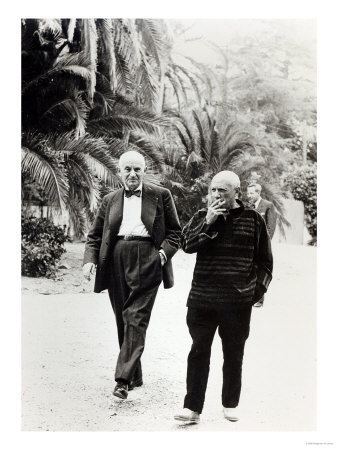
Kahnweiler is considered one of the major dealers and spokesmen for Cubism. He was among the first people to recognize the importance and beauty of Picasso's Les Demoiselles d'Avignon, immediately wanting to buy it and all of Picasso's works. Picasso wrote of Kahnweiler What would have become of us if Kahnweiler hadn't had a business sense? – compelling because at the time of the origination of his most famous works Picasso was largely unknown as an artist and destitute.

Kahnweiler supported in his gallery all of his great artists of the time; who had no audience, or collectors, - initial purchases included works by Kees van Dongen, Andre Derain, Fernand Leger, Georges Braque, Juan Gris, Maurice de Vlaminck and several others of the same generation. Kahnweiler wanted as he said to defend artists he believed in, but only those who had no dealers and whom he believed were great artists. Rather than exhibiting the popular works of the past and present greats, Kahnweiler championed burgeoning artists such as Andre Derain, Alberto Giacometti, and others, who had come from all over the globe to live and work in Montparnasse and Montmartre at the time. Thus Paul Cezanne although a great artist was considered too old to be represented, and his work was being handled by Ambroise Vollard at the time.
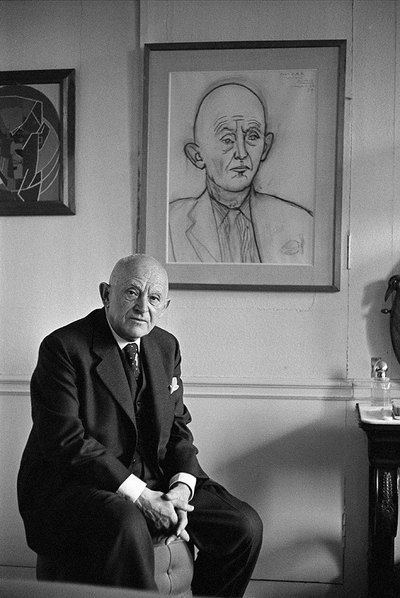
Along with such men as Alfred Flechtheim, Paul Cassirer, Daniel Wildenstein, Leonce Rosenberg and Paul Rosenberg, Kahnweiler was one of the influential connoisseurs of the 20th century. As a businessman Kahnweiler innovated many new ways of working with artists; and art dealing; - now established practice with art dealers. In 1907 when there were only half a dozen good galleries in Paris, he made contracts with artists to buy all of their work (freeing them from the worry and restraint about cost of living and creating work). He saw them daily to discuss their work, (they were friends, he co-owned little sailing boats with his artists), he photographed each work, (he felt it imperative to have a record), he held exhibitions of their work and he promoted their work internationally. Kahnweiler gave the first exhibition of the work of Georges Braque. He encouraged the practice of Beau Livres (beautiful book), where a contemporary artist illustrates a work of a contemporary writer - he expanded his presentations by bringing together artists, writers and poets to produce their works as a joint project in more than 40 books, so Picasso illustrated the works of Max Jacob etc. In fact as an art and literary publisher he had no equal; being the first to publish works by Max Jacob, Guillaume Apollinaire, Andre Masson, Gertrude Stein, Pablo Picasso, and many others and in so doing launched many literary careers.
So strong a business ability did Kahnweiler have that by the 1950s his art gallery was in the top 100 companies in France in terms of turnover from export.
Art history
But although the survival and financial success of his artists was important, it was as an art historian and as an eyewitness to Cubism (1907–1914) and to art history to which he made his major contribution. When working in Paris his spare time was devoted to reading and understanding the history of art and aesthetics. He also spent his time visiting the city's museums and art galleries; including trips around the continent to see what was being shown in museums and art galleries outside France. He gave his first interview in 1912 on Cubism, and it was actual historical events that led to his career as a historian. There is a view that Kahnweiler's sensibility was such that his gallery, and the way he styled and developed it, was as much a Cubist gallery as were the paintings by Picasso and the other Cubist painters. The gallery had a clear aesthetic position, uncompromising integrity, financial stability and creative development. During the years 1907-1914 - the central cradle for Cubism was his gallery - not only to see the works but where one also met the artists, discussed art and where artists discussed each other's works.
World War I and World War II
The outbreak of World War I in 1914 not only ruptured the Cubist experiments in art but resulted in Kahnweiler, of German origin, being considered by the French as an alien; and being forced to live in exile in Switzerland. Many German nationals living in France had their possessions sequestered by the French state, and as a result, Kahnweiler's collection was confiscated in 1914 and sold by the government in a series of auctions at the Hotel Drouot between 1921 and 1923.
During the years of exile (until 1920) he studied and wrote on his experiences. He wrote works such as the Der Weg Zum Kubismus and Confessions esthetiques. Writing becoming a passion he continued over his lifetime, creating hundreds of books and major articles. The second period of enforced writing was the internal exile which occurred during World War II where as a Jew, the Nazis forced him to flee Paris. He remained in France in hiding; where as he put it under the clouds of the gas chambers he wrote the seminal work on Juan Gris.
At the end
The closest one has to an autobiography of Kahnweiler is the series of interviews Mes galeries et mes peintres first aired on French television then published and translated as a book. For his 80th birthday, a Festschrift was published with contributions by the world's leading philosophers, art historians, and artists, all expressing the vital importance of his unique contribution to art history – an importance still not yet fully appreciated, probably due to the fact that he has been seen mostly as an art dealer and not as an art historian. The situation was aggravated because some of his major works on aesthetics were either never translated into English or badly translated, missing the key elements of a proper understanding of Cubism and by focusing on small and sensational elements of his complex relationship with Picasso.
Although revered by artists (for his business and aesthetic sense), respected by art dealers and art historians the true impact of his life and work (despite a recent biography by Pierre Assouline) has yet to be recognized. He died in 1979 in Paris aged 94.
